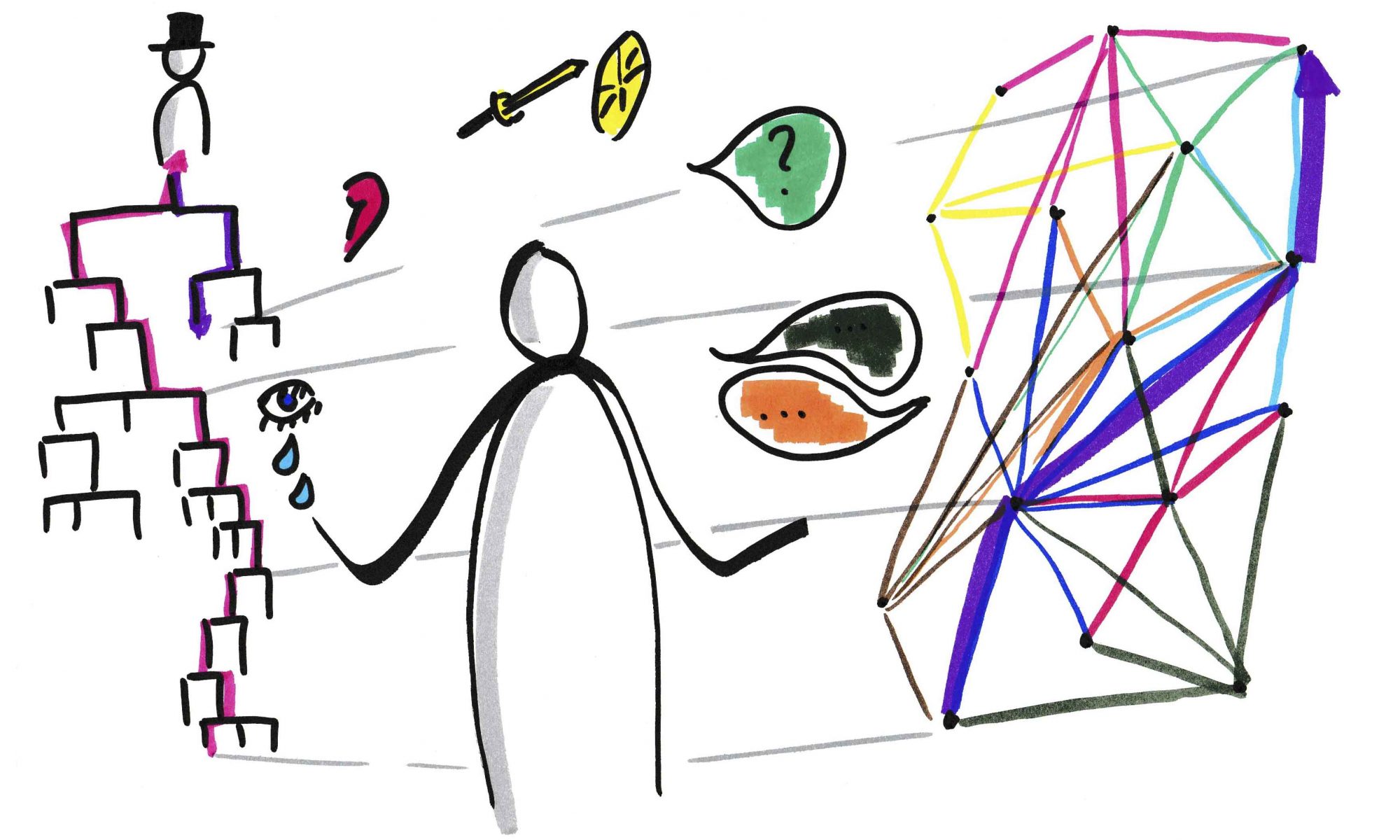It is a known fact that personal communication is a key to success in agile environments: You need to communicate to collaborate and self-organize as a team. That means: You need to have certain soft skills, especially social und and communicative competencies.
This week two people I know told me about some weird experiences they had with Deutsche Bahn, Germany’s train company. Deutsche Bahn is kind of famos for problems with their trains and for not talking properly to passengers stranded somewhere. I myself like traveling with them, because they are always very friendly in face-to-face communication. They have helped me several times to rebook my train to get home somehow. But the communication over loudspeaker, the organization and information with big masses of passengers doesn’t seem to work. So I started to wonder about how agile communication could help them.
Communication tools and virtues for agile communication
Since communication is so important to agile environments (see for example Tyrone Castelannelli and PAM Studie (in German, unfortunately no longer online available), I’m writing on a book about agile communication. Its core is a collection of communication instruments: techniques to use for certain purposes, like for example powerful questions or deep listening. I’m aligning these techniques along agile practices and the agile mindset. Therefore, I often think about what „agile communication“ is or what might make communication agile.
Of corse there is the structure: Communication is faster and more direct when there is a network instead of a hierarchy. In hierarchies information first has to make its way up to the top and then back down again through another branch. Having a network allows you to quickly distribute the information to the person that really needs it without disturbing all the other people.
Then I have already written about virtues of agile communication and of the problem with openness and small talk. Agile communication should be transparent and understandable. Doing agile communication means being respectful and trusting. Iteratively, you should get feedback on your communication and provide that to others too and people should reflect their communication habits.
Agile communication (as well as agile in general) doesn’t reduce complexity. It tries to find a way to work in complex environments. If you are really prepared to communicate agile, you might ask open questions and you might find out a lot of things. And these things are not all well and nice. There might come up some emotions, negative emotions (which are very complex). And there might be conflicts.
Empathy and conflict tolerance
I once lead a workshop about conflict communication for engineers on a customer helpline. Things were tense at the enterprise. We talked about emotions and empathy and I encouraged them to be empathic with their customers. They didn’t say anything no more. And then a huge guy (he was over 2m tall) startet to cry. I just stood there and did nothing.
If someone shows strong emotions, be it crying or yelling or anything, you cannot do anything. You don’t have to. And I experienced it to be a good thing to just let room for such emotions. Because after they made their way to the surface you have a new basis to talk and to analyze the situation. Anyone showing their emotions is a real sign of trust. Shushing them or try to repress conflicts doesn’t make go away the underlying feelings. And if the emotions do not surface it’s an even harder job because you then have to go looking for them elsewhere.
Agile communication has to be open to emotions and to conflicts. Because you need to analyze them in order to find a solution. And this needs soft skills, it needs social competence and self competence. You cannot loose it yourself if someone else does. You have to be there to listen carefully in order to understand the whole instead of picking up what ever suits you. You have to be empathic.
And for the Deutsche Bahn? In my experience their communication is very good and empathic in face-to-face communication. What they’re lacking is a fast structure: the internal distribution of information and the permission to commit to the passengers. The permission to communicate empathic to them, even if informations are not sure yet. It would give the passengers some assurance that they’re not forgotten. There isn’t always an easy solution for a problem, but it’s nice to know that somebody is on it and will find a way for me to get on. Since Deutsche Bahn is in an agile transformation, lets hope they don’t forget to include communication and soft skills in these processes.
